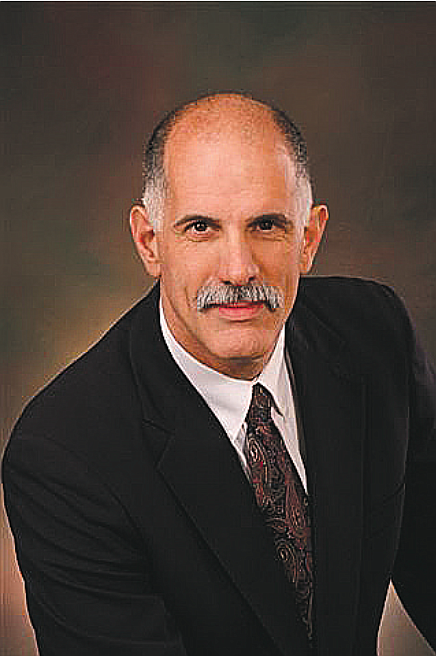OPINION: The Shirtist
Once upon a time there was a peaceful town that was a true American melting pot; a cross section of races, religions, heritages and interests. Everybody, for the most part, got along with each other and was friendly to both neighbors and strangers. It was a good place to live.
The town had one unusual quirk. Most of the people wore green shirts, but one in five people wore a yellow shirt. Whether by tradition or habit, people wore the same color shirt worn by their fathers. Nobody remembers why because nobody really noticed.
A person wearing a yellow shirt was just as likely to be a man or a woman, a doctor or a lawyer, a carpenter or a pharmacist as a person wearing a green shirt. For every 1,000 people who wore a green or yellow shirt there was an excellent doctor, two good doctors, five average doctors and one bad doctor. The same was true for people in other professions like shopkeeper, cook, mechanic, or lawyer. The color of the shirt gave no indication of how good you were at your job.
Because there were four people who wore green shirts for every one person who wore a yellow shirt, if you put all the town’s five star rated doctors in a room, four of five would have green shirts and one in five would have a yellow shirt, because math.
One day a man named Tony came to town. He was an observant and fair man who wanted to see the town where everyone got along. As he toured the town, visiting the shops and restaurants, meeting the people, and attending events, he was very pleased at how friendly and fair minded people seemed to be. But soon he noticed the shirts.
He was having breakfast and saw that of the 10 employees, only two wore yellow shirts. When he went to the grocery store there were five clerks and only one had a yellow shirt, the rest wore green. He asked a few people about the shirts but nobody could give him an answer. It was as if people had not noticed.
Tony cherished fairness and equality so was shocked that this otherwise nearly perfect town had a flaw; the people wearing the yellow shirts were not equally represented. He decided to fix this problem.
He went around town and for every yellow shirted person he came across he would explain how the green shirts were being unfair and how the yellow shirts were being oppressed. Most people simply smiled at Tony and went on their way but a few liked what Tony was saying. Tony formed a club of yellow shirted people who agreed that there was a problem that needed fixing.
The plan was simple. Tony bought some heart shaped stickers and then he and his club would visit the businesses in town and explain the problem. He would then strongly suggest that the business hire more yellow shirts so they would be more equal. If they pledged to do this, Tony would put a heart on their window so that everyone could see the business’s commitment to equality.
Most business agreed to Tony’s demands, and so more and more people would see the heart on the windows. Soon all the help wanted signs and advertisements would list “Must have yellow shirt” as the first requirement before listing the type of job or the experience needed.
Remember that there were only a quarter as many people in town who wore yellow shirts as those who wore green shirts, but that did not seem to matter to Tony who insisted on equality as the only fair thing to have.
One of the fire departments was to first to have a problem. They needed a qualified yellow shirted fireman, but there were none in town because they all already had jobs. There were plenty of qualified green shirts, but hiring them wouldn’t be equal so the fire department lowered the qualifications needed so they could meet Tony’s yellow shirt quota.
Of course the qualified firemen who happened to wear green shirts had to find other jobs doing things they weren’t very good at doing, if they could find work at all.
Business after business had this same problem with supply because there were too few yellow shirts to satisfy the demand. Meanwhile the unemployment office was full of green shirted applicants.
Customer satisfaction dropped because some employees were not fully qualified. One bank went out of business because the yellow shirted manager was formerly a car salesman and had never run a bank before.
People started to notice shirt color. People with green shirts started to resent the yellow shirts but if they said anything Tony and his club would call them a “Shirtest!” and accuse them of being bigots who were against equality. People became afraid to say the truth. People became suspicious of other people’s motives. People began to cluster by shirt color. People began to miss their old town.
Then one day the child of one of the green shirt founding families came down to breakfast wearing a yellow shirt. “I identify as yellow” said the child…but that is another story.
Sometimes fixing the problem is worse than the problem, especially when there isn’t really a problem at all.
It’s just common sense.
• • •
Brent Regan is chairman of the Kootenai County Republican Central Committee.

